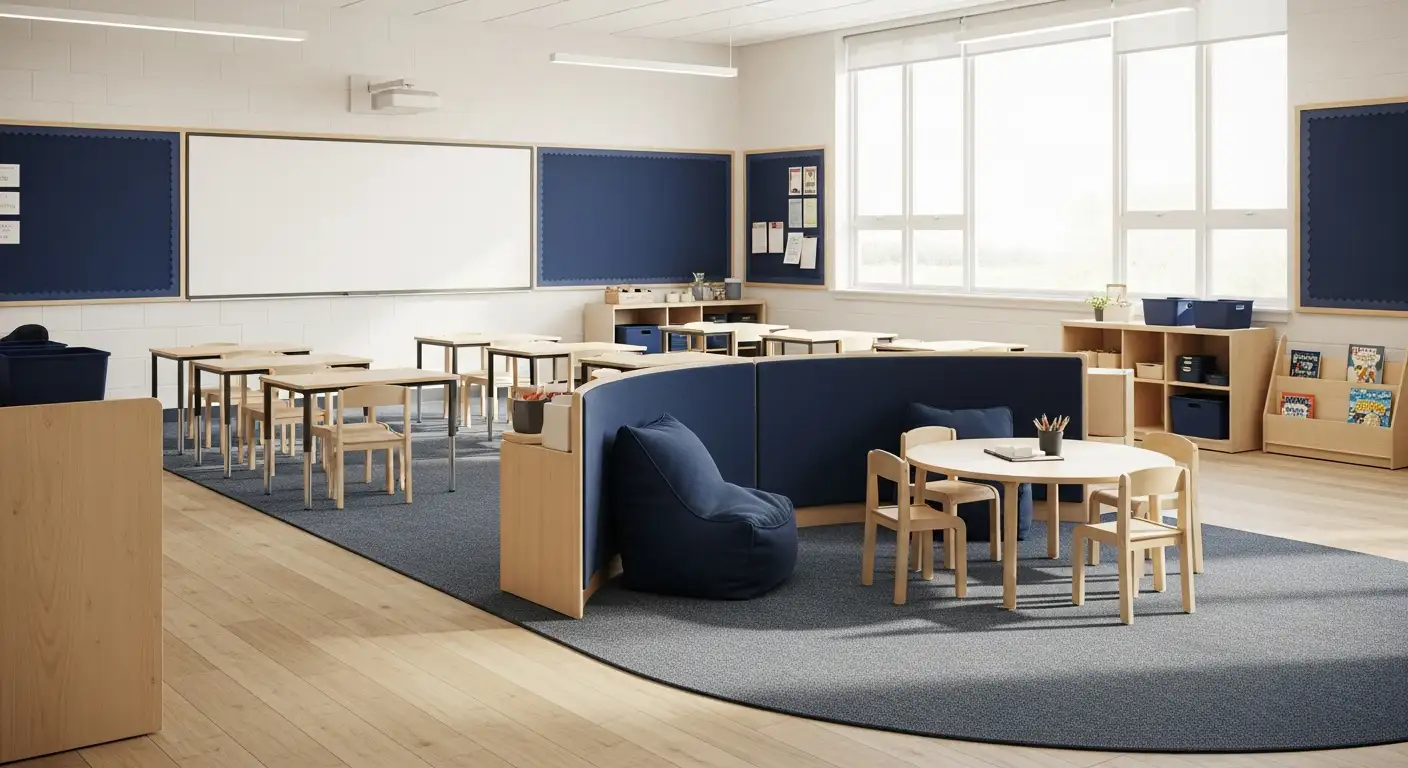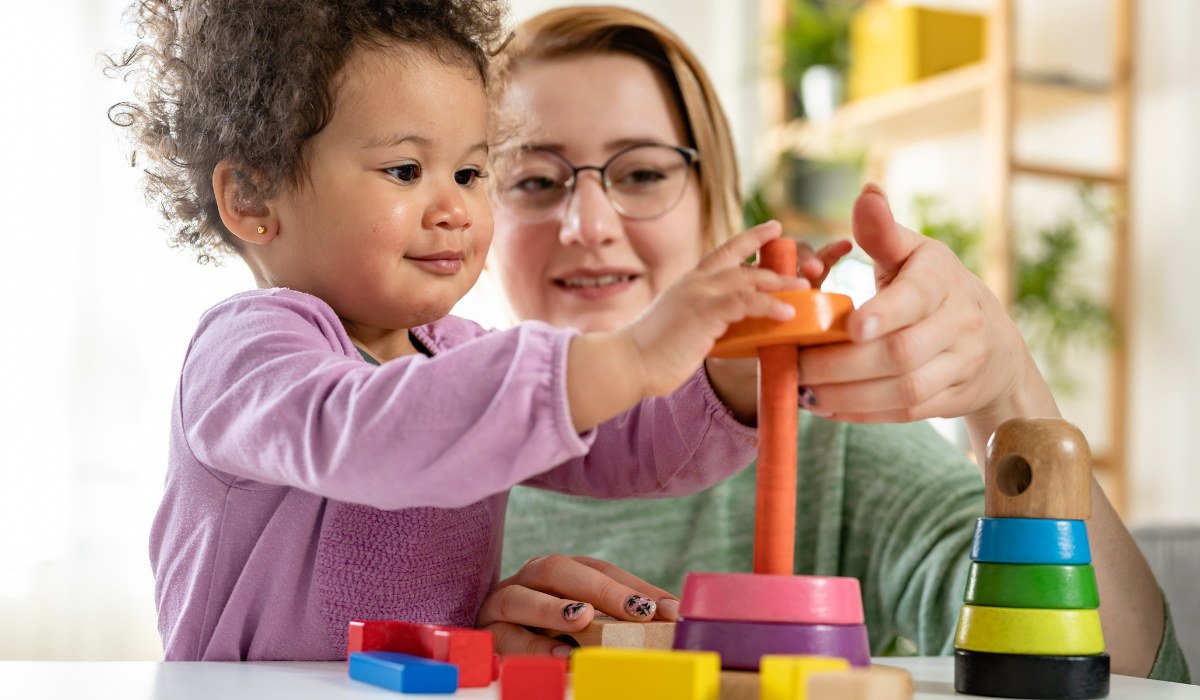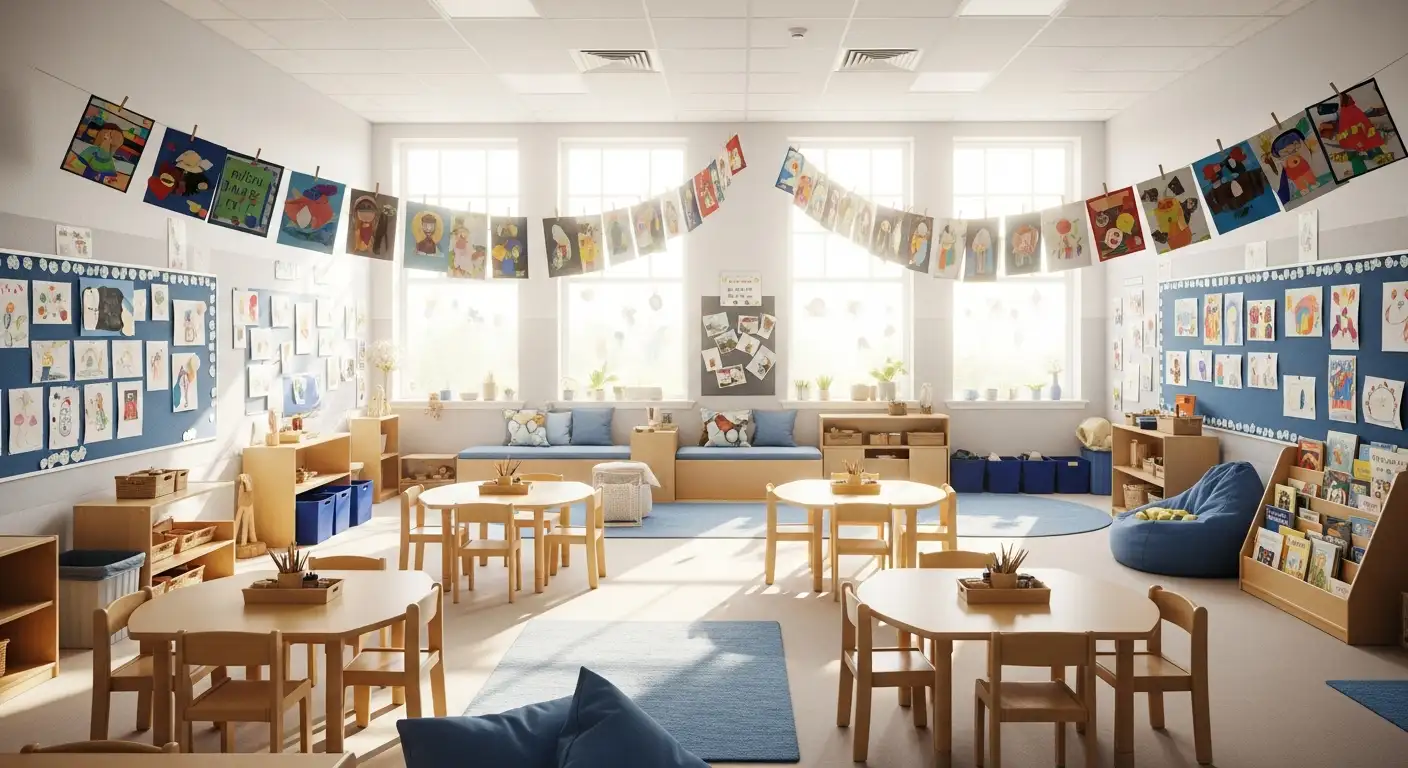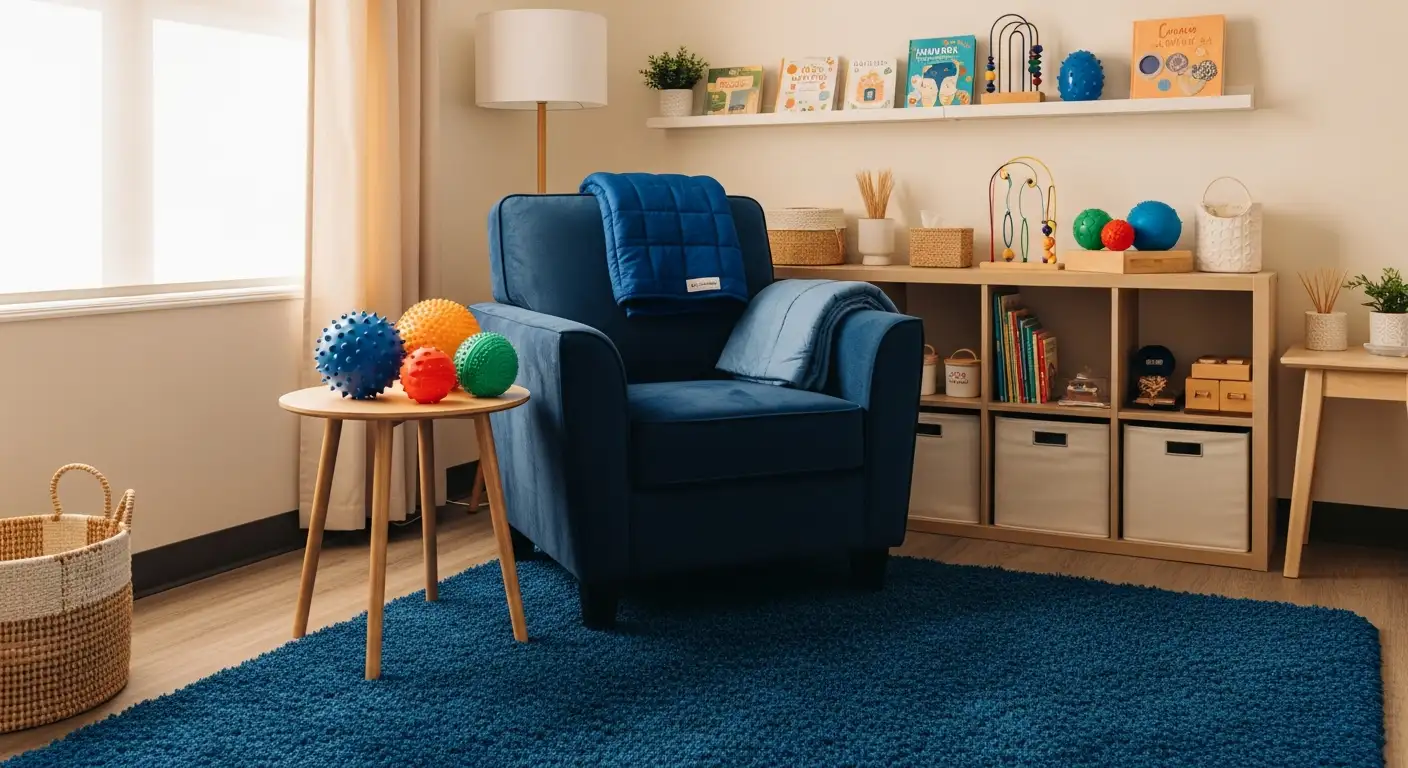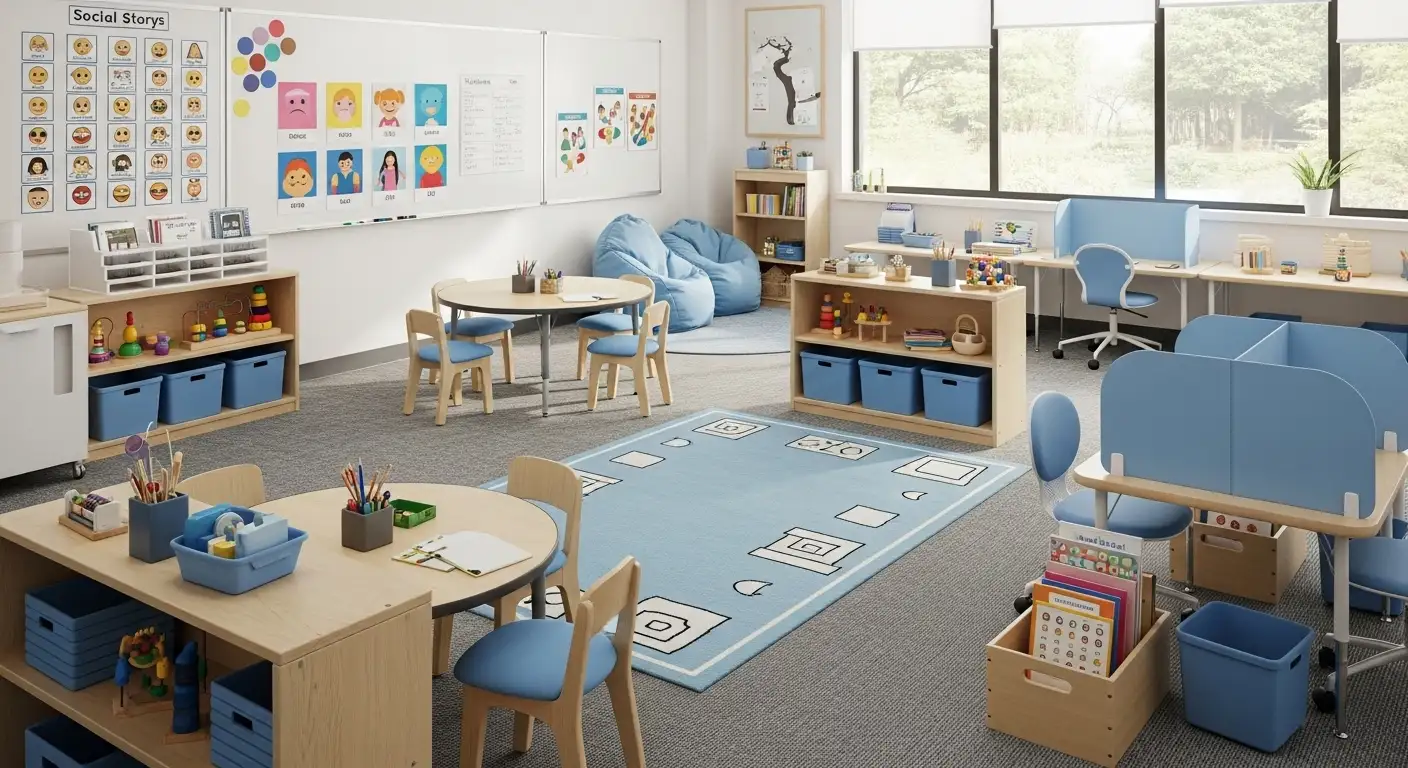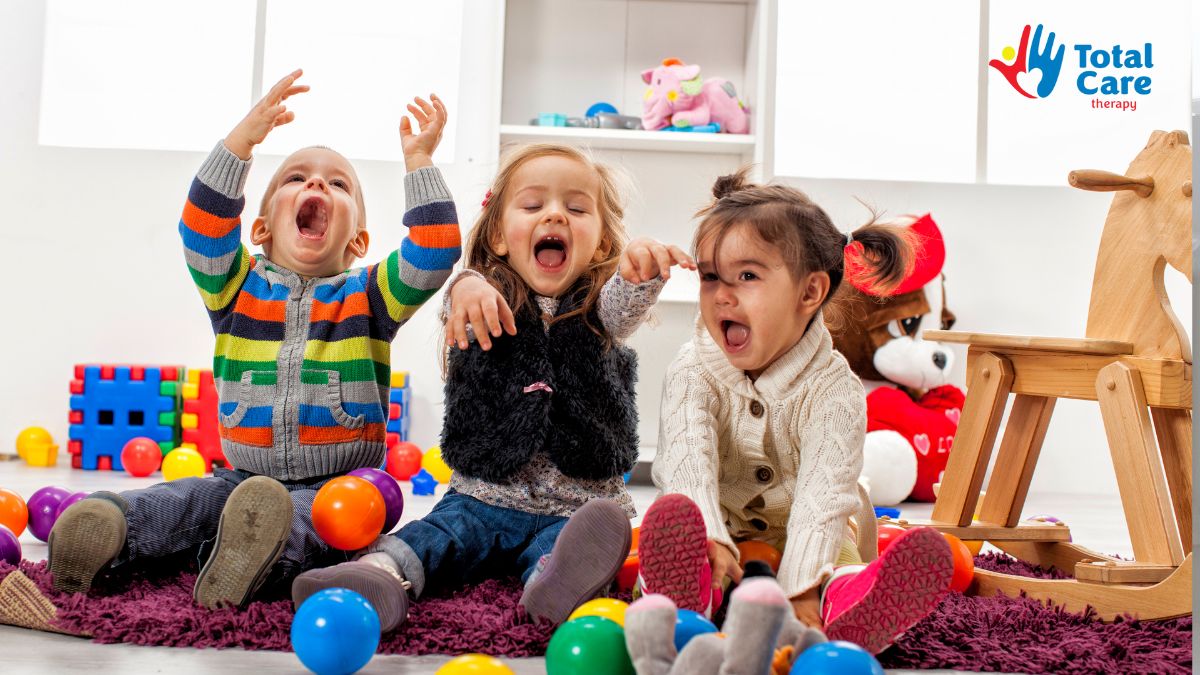How to Use Social Stories to Teach Autism Skills
Unlocking Social Success with Stories
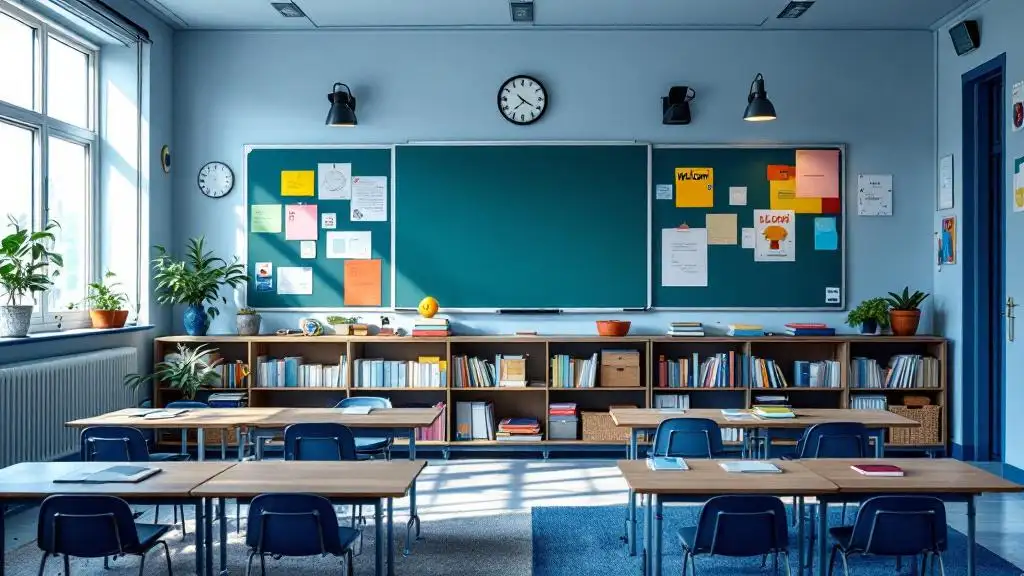
Introduction to Social Stories in Autism Education
Social stories represent a versatile and engaging approach to teaching social skills and understanding to children with autism. Developed by Carol Gray in the early 1990s, these narratives simplify social situations, making norms and behaviors clearer and easier to learn. This article explores how to effectively use social stories to foster social growth, improve understanding, and support behavior management in children with autism.
Understanding What Social Stories Are and Their Purpose
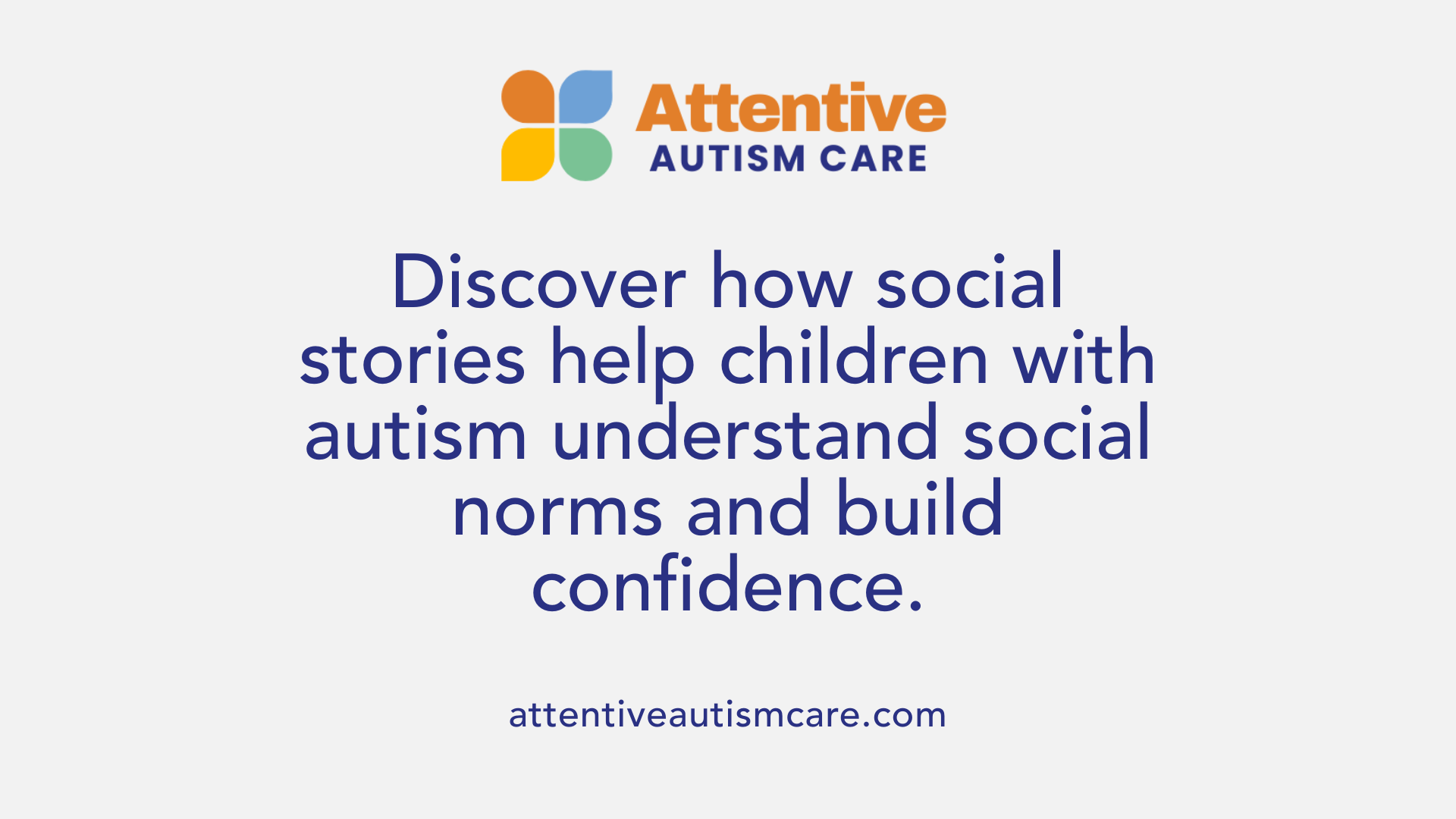
What are social stories used for in autism education?
Social stories are helpful tools in autism education, designed to assist children in understanding social norms, expectations, and proper behaviors across different situations. These stories were created by Dr. Carol Gray in the 1990s and serve as simple, structured narratives that depict common social interactions.
The primary goal of social stories is to make social cues more concrete and understandable. For example, they might explain what to do when making eye contact, waiting patiently, or using electronic devices responsibly. By doing so, they help reduce anxiety, build confidence, and prepare children for new or challenging scenarios.
Social stories are often customized to fit each child's individual needs, using clear and positive language paired with visual supports like pictures or symbols. This approach makes it easier for children with autism to grasp concepts and practice them in real life.
These stories are used regularly within social skills groups, classrooms, or at home to promote social-emotional growth. They can teach essential skills such as maintaining conversations, joining group activities, or understanding others' feelings. Overall, social stories support children with autism in gaining independence and navigating social environments more effectively.
Creating Effective Social Stories for Autism
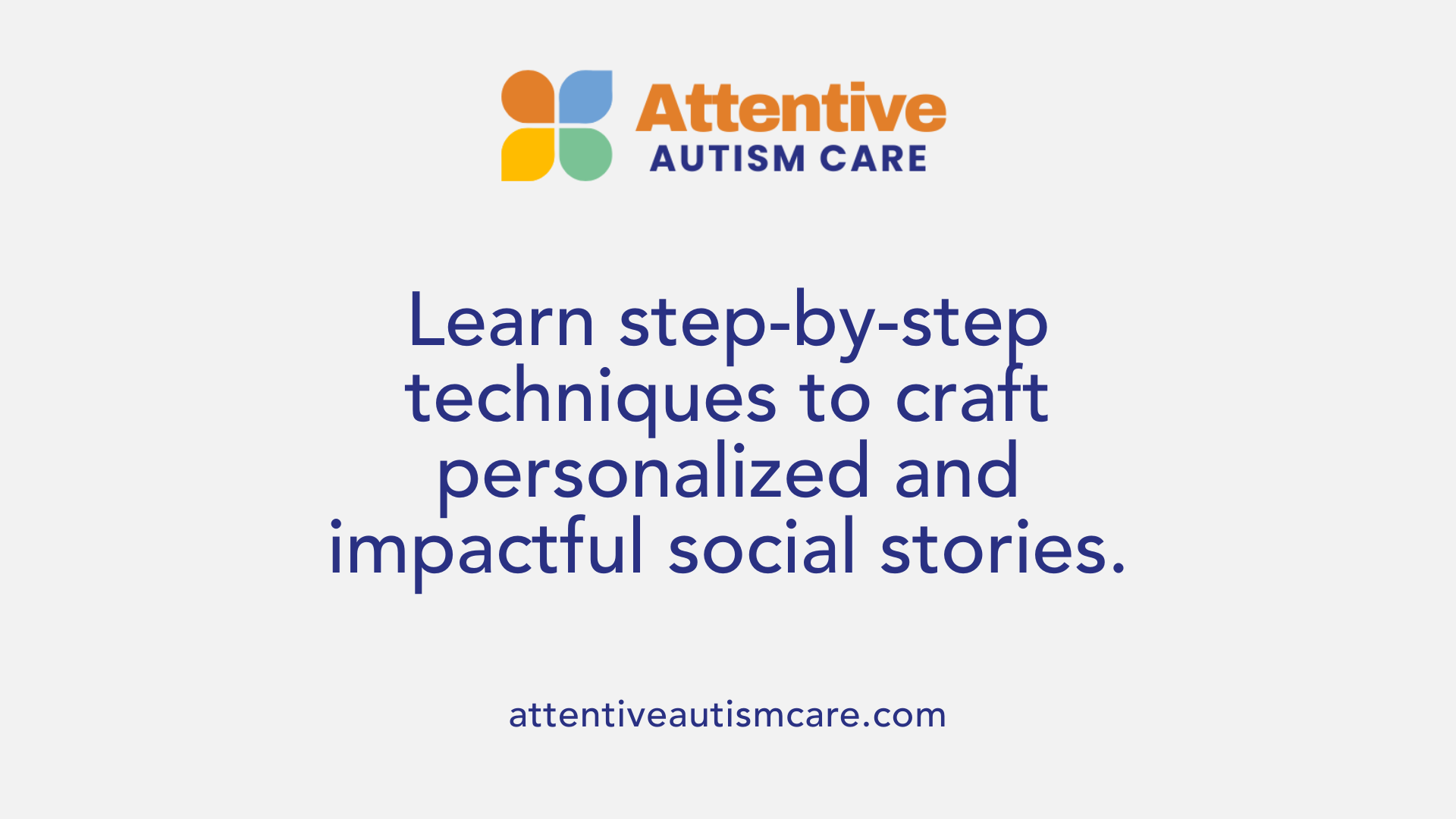
How can social stories be effectively used to teach social skills to children with autism?
Social stories serve as practical tools to teach children with autism about social cues, appropriate behaviors, and routines. They are personalized narratives that help children understand what is expected of them in various situations. When used correctly, they encourage self-regulation, improve social understanding, and boost confidence in social interactions.
Effective use involves tailoring each story to the child's individual needs, interests, and developmental level. This customization makes the stories more engaging and relatable. Incorporating visual supports such as pictures, symbols, or photographs enhances comprehension, especially for nonverbal children.
Practitioners, including experts like Lynn McCann, underline the importance of using simple, clear language that accurately describes social norms and expected behaviors. Repetition and consistent use of social stories — reading them just before activities or routines — reinforce understanding and help children internalize expectations.
Combining social stories with other evidence-based strategies, such as Picture Exchange Communication System (PECS), sensory integration techniques, or TEACCH methods, can further boost their effectiveness. Moreover, involving caregivers and teachers ensures that the stories are integrated into daily routines, which promotes consistent learning.
Personalizing stories to include the child's interests and specific challenges fosters motivation and engagement, making social stories a powerful asset in developing social skills.
Steps for creating social stories
Creating impactful social stories involves several structured steps:
- Identify the social situation or behavior: Determine the specific skill or situation the child needs help with, such as sharing toys, using polite words, or waiting patiently.
- Collect baseline data: Observe how the child currently acts in the targeted scenario to understand their starting point.
- Define the goal: Clearly specify what positive behavior or understanding you want the child to achieve.
- Write the story: Use simple language, focusing on the child's point of view. Include descriptive, directive, and perspective sentences. Add visuals to support the narrative.
- Choose the format: Decide whether the story will be a printable sheet, flip book, comic strip, PowerPoint, or digital story.
- Review and revise: Read the story with the child, model the expected behavior, and gather feedback for adjustments.
- Implement and reinforce: Read the story regularly, especially just before the relevant activity, and include role-playing to practice.
- Monitor progress: Collect data on the child's behavior and adjust the story if needed.
Using visual supports
Visual supports are fundamental to making social stories accessible. They may include pictures, symbols, or photographs that depict the social situation or behavior. Tools like Boardmaker or LessonPix make it easy to create customized visuals. These supports help children with processing difficulties understand what is happening and what they are expected to do.
In digital formats, visuals can be incorporated into slideshows, apps, or videos, broadening their usability. Visual supports not only enhance comprehension but also make the stories more engaging, fostering better retention of the social rules.
Involving the child in creation
Engagement is crucial for the success of social stories. When children are involved in creating their narratives—such as choosing pictures or contributing sentences—they are more likely to connect with the material. This participatory approach fosters ownership and motivation.
Caregivers and educators can facilitate this by using fill-in-the-blank templates, encouraging the child to select images, or dramatizing scenarios together. Such involvement makes the learning process interactive and tailored to the child's preferences and understanding.
Formats and tools for story creation
Social stories can be created in various formats to suit different needs:
| Format Type | Description | Suitable For |
|---|---|---|
| Paper sheets | Simple printed stories with pictures | Early learners, straightforward scenarios |
| Flip books | Portable stories with page turns | On-the-go use, repeated reading |
| Comic strips | Visual storytelling with dialogue | Engaging, especially for visual learners |
| PowerPoint slides | Digital stories with animations | Classroom or home computers |
| Mobile apps | Interactive story creation on tablets | Tech-savvy children and adolescents |
Popular tools for creating social stories include Pictello, Boardmaker, and LessonPix. These programs allow for easy integration of visuals, text, and multimedia elements.
The National Professional Development Center for Autism Spectrum Disorders provides additional resources and training modules for developing and implementing social stories effectively.
By following these steps and utilizing appropriate tools, educators and caregivers can craft personalized social stories that effectively support children with autism in developing vital social skills, confidence, and independence.
Examples and Resources for Social Stories
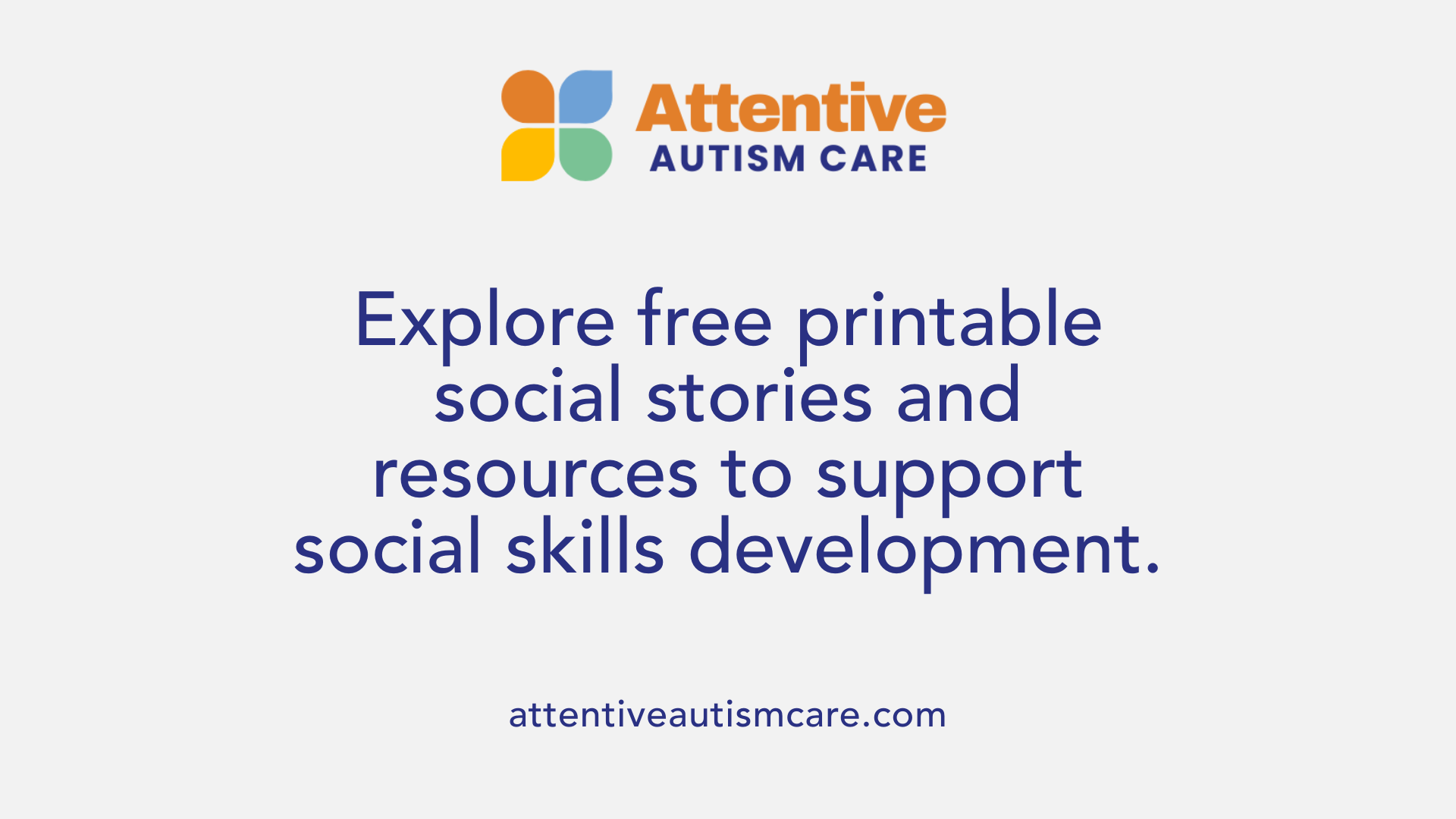
What are some examples of social stories and where can I find free PDFs or printable resources?
Social stories cover a wide range of everyday social situations to help children understand expectations and appropriate behaviors. Common examples include stories about visiting the supermarket, going to the doctor’s office, playing at the playground, returning to school after a break, or participating in classroom activities like raising your hand or staying on task.
These stories are designed to be simple, engaging, and tailored to different situations children might encounter. They often include visual supports such as pictures or symbols to enhance understanding.
For caregivers and educators looking for ready-made resources, many websites offer free PDFs and printable social story templates. Educational organizations and autism support sites frequently share these materials to aid in social skill development. Notable sources include the Autism Speaks website, the National Autistic Society, and various online forums or blogs where teachers and therapists post customizable templates.
These resources serve as helpful starting points or inspiration for creating personalized social stories tailored to a child's unique needs. Whether in print or digital form, these tools support children in practicing social skills in a fun and confident way.
The Impact and Effectiveness of Social Stories
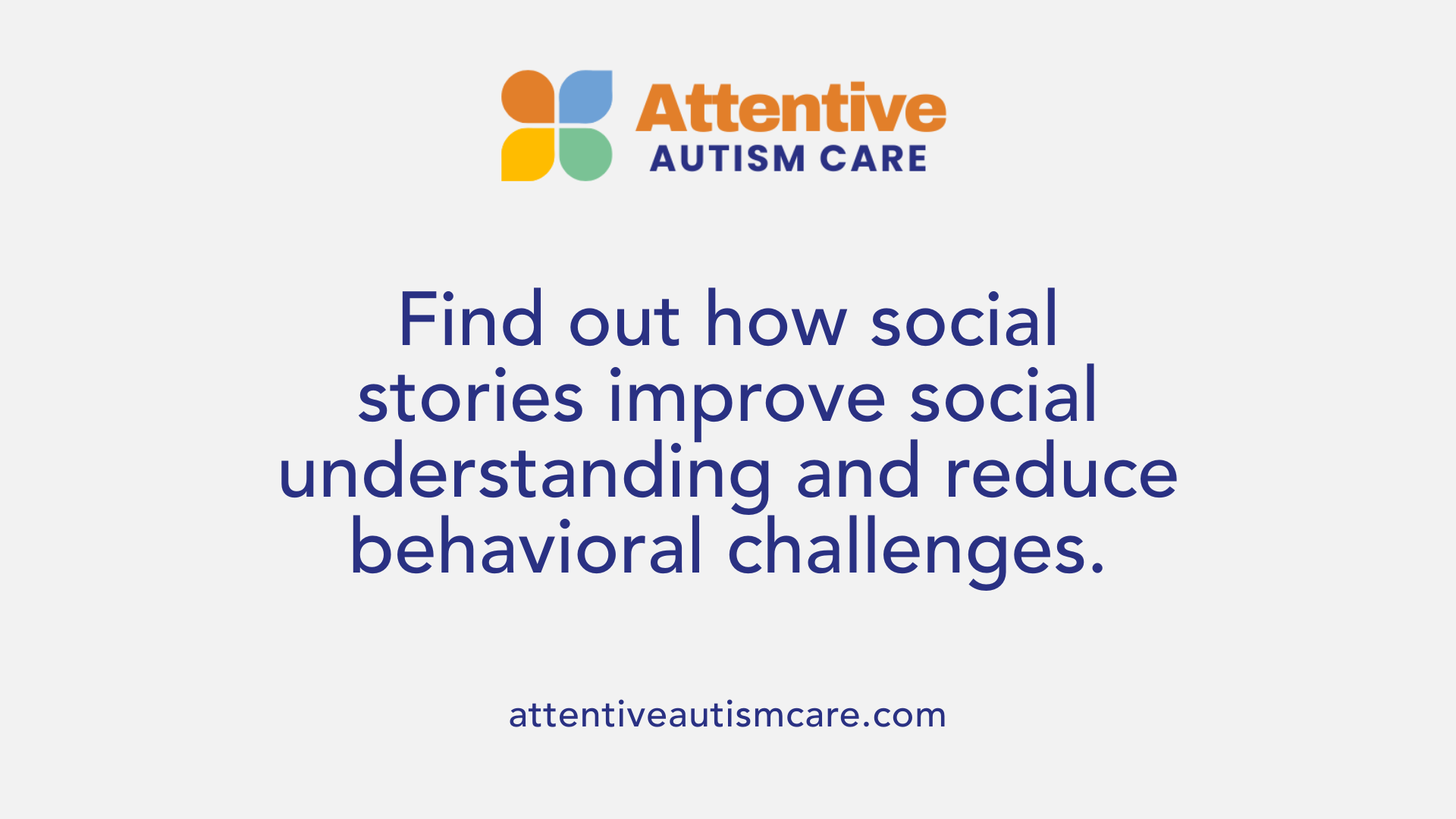
Research evidence on social stories
Research supports the positive role of social stories in developing social and emotional skills in children, especially those on the autism spectrum. These stories use simple language and visual supports, which make social cues and behaviors easier to understand. Studies show that when social stories are tailored to individual needs and used consistently, children tend to show significant improvements in social interactions.
Behavioral improvements
Children often demonstrate better behavior after engaging with social stories. These narratives help them practice appropriate responses in real-world situations, such as making eye contact, waiting for their turn, or staying focused in class. When used regularly and alongside role-playing or modeling, social stories can boost self-control, reduce anxiety, and foster positive peer interactions.
Understanding and social skills
Social stories enhance a child's ability to understand others' perspectives, recognize social cues, and develop essential social skills. For children with delayed executive functions or language delays, these stories provide clear, structured, and visual guidance, making it easier for them to grasp what is expected of them in various settings.
Are social stories effective in improving social understanding and behavior?
Yes, social stories can clarify social expectations and norms, helping autistic children improve their understanding and social behaviors.
| Aspect | How Social Stories Help | Additional Notes |
|---|---|---|
| Behavior change | Promote appropriate responses in different social situations | Particularly effective when individualized |
| Social comprehension | Help children understand social cues and reactions | Use visual and narrative cues |
| Routine adaptation | Prepare children for new routines or changes in environment | Reading beforehand supports transition |
| Skill development | Foster self-regulation, patience, and communication skills | Used in schools, homes, and therapy settings |
Social stories are a valuable tool in promoting social-emotional and behavioral growth. They are effective because they operate at the child's level, using visuals and simple language to teach, practice, and reinforce desired behaviors. When combined with other teaching strategies, social stories contribute significantly to helping children navigate social environments with confidence.
Best Practices for Implementing Social Stories
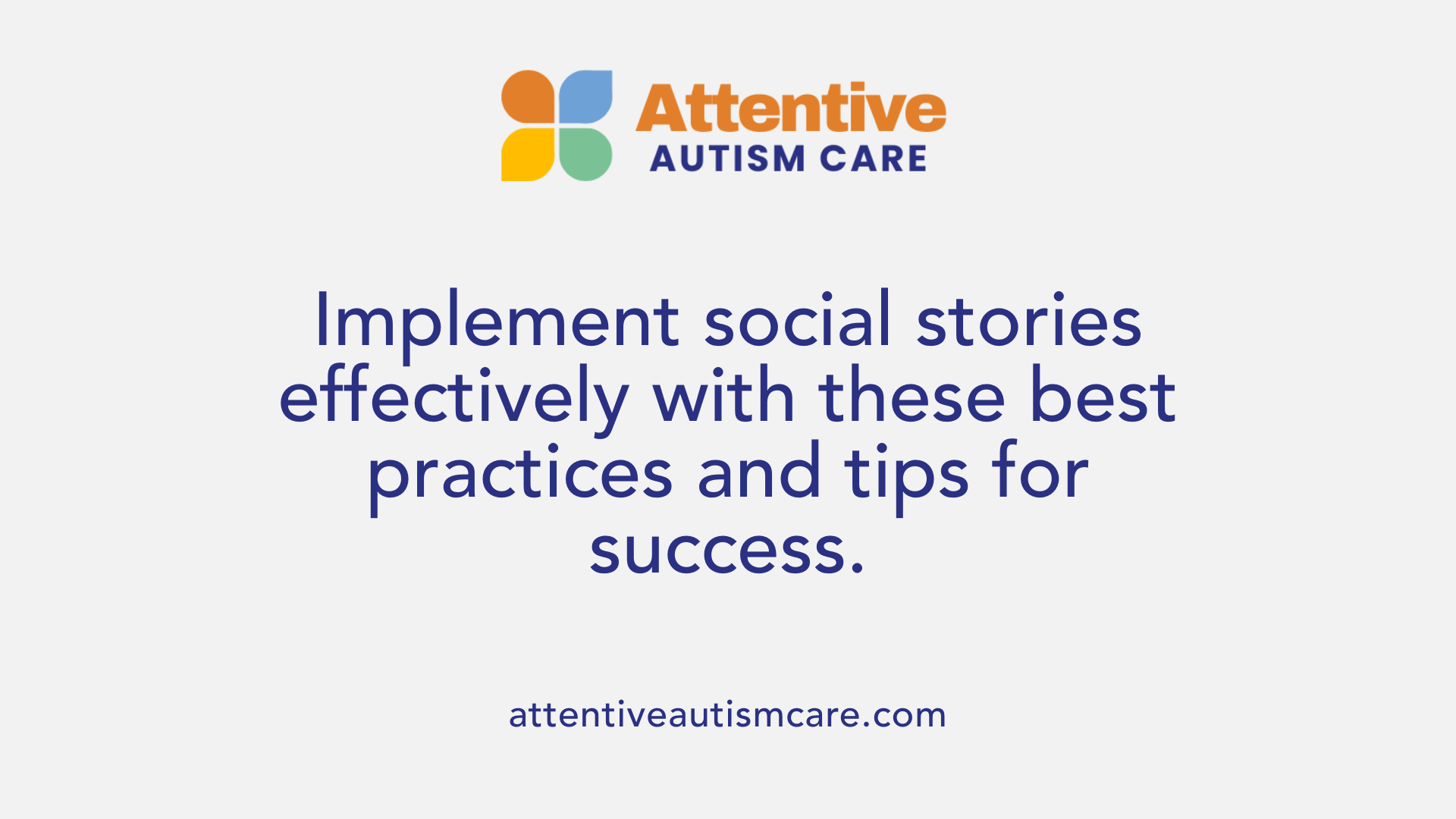
What are the best practices for creating and implementing social stories for autism?
Creating effective social stories involves careful planning and individualized tailoring. One of the most important steps is understanding the child's unique perspective, abilities, and needs. This ensures the story addresses relevant social situations and uses language and visuals appropriate to the child's comprehension level.
Designing a social story includes incorporating different types of sentences. Descriptive sentences describe the situation, perspective sentences share feelings or viewpoints, directive sentences give clear instructions, and affirmative sentences boost confidence. Using simple, positive language makes the story accessible and encouraging.
Visual supports are crucial, especially for nonverbal children or those with sensory challenges. Photos, pictures, or symbols created with tools like Boardmaker or Lesson Pix make concepts tangible. The visual elements serve as cues and aid comprehension.
Involving the child in the story creation process can increase engagement and ownership. It also provides insight into what the child finds relevant and meaningful.
Consistency is vital for success. Stories should be read regularly—preferably immediately before the targeted activity—and in the same setting and manner. Repetition helps children understand and internalize expected behaviors.
Modeling behaviors and reviewing progress through follow-up reading or role-playing reinforce learning. Caregivers and educators should praise efforts and apply reinforcement strategies to encourage generalization of skills.
Adapting stories over time as the child's needs evolve ensures continued relevance and effectiveness. Regular review and updates, along with involving professionals like speech therapists or psychologists, support optimal outcomes.
Summary and Final Thoughts on Social Stories
Key takeaways
Social stories are simple, engaging narratives designed to help children understand social situations and expected behaviors. They utilize clear language and visuals to teach children how to navigate social interactions, manage emotions, and follow routines effectively. These stories are often individualized, including specific examples relevant to each child's needs, and are used across various settings like schools and homes.
Social stories not only describe social scenarios but also provide actionable guidance for children. They incorporate different sentence types—descriptive, perspective, directive, and affirmations—which help children grasp both what is happening and how they can respond.
Benefits of social stories
Children with autism spectrum disorder, language delays, sensory processing challenges, and behavioral difficulties can greatly benefit from social stories. They enhance skills such as self-regulation, understanding social cues, and participating in group activities.
Using social stories regularly can prepare children for new routines or events, making transitions less stressful. They promote confidence and independence by reinforcing positive behaviors and offering predictable and supportive guidance.
What are the benefits of using social stories to improve understanding and behavior in children with autism?
Social stories help children manage their thoughts, feelings, and actions in various social contexts, including those with delayed executive function skills. They promote self-regulation, social-emotional skills, and clear expectations. By using simple language and pictures, social stories enhance understanding of what to expect and how to respond, which can lead to meaningful improvements in social behavior and confidence.
Final thoughts
Incorporating social stories into a child's routine provides a structured way to learn and practice new skills. Whether printed or digital, these stories are flexible tools that can be adapted to meet each child's unique needs. Consistent use and collaboration with caregivers or professionals can maximize their effectiveness, fostering social growth, emotional understanding, and positive behavioral change.
Fostering Social Skills Through Storytelling
Incorporating social stories into autism education offers a practical, customizable, and effective way to teach social skills and understanding. Through careful creation, consistent implementation, and personalized adaptations, social stories can significantly improve children’s social competence, reduce anxiety, and enhance their ability to navigate complex social environments. Whether used at home or in school, these narratives empower children to develop essential life skills and foster positive social interactions, laying a strong foundation for their ongoing growth and independence.
References
- Free library of Social Stories for Autism
- Using Social Stories to Improve Your Child's Understanding ...
- Writing and Using Social Narratives in All Environments
- [PDF] USING SOCIAL STORIES TO TEACH SOCIAL SKILLS
- Writing Effective Social Stories Is Easy - How to ABA
- How To Write A Social Story (A Step-By-Step Guide)
- Social stories and autism | Raising Children Network
















